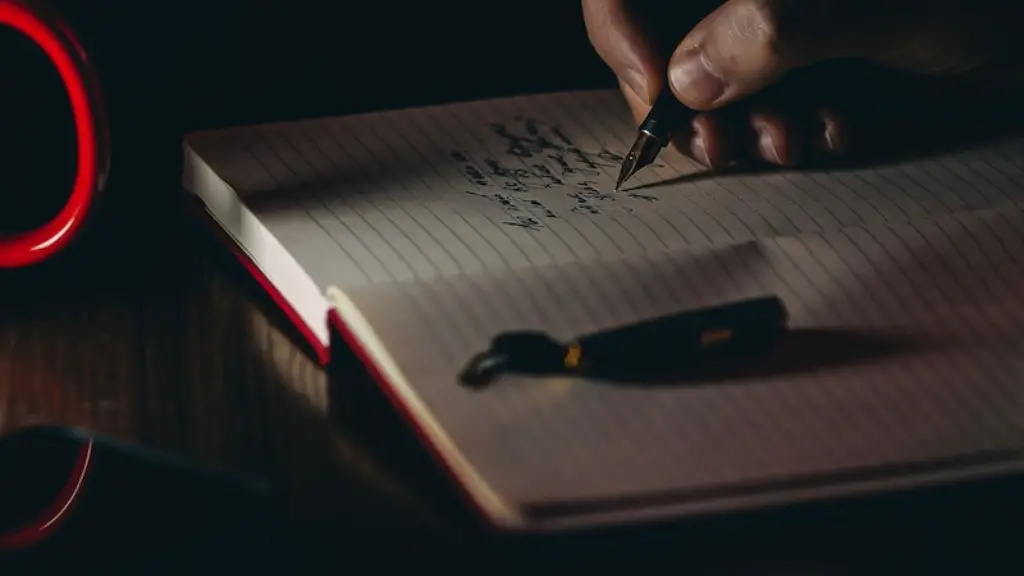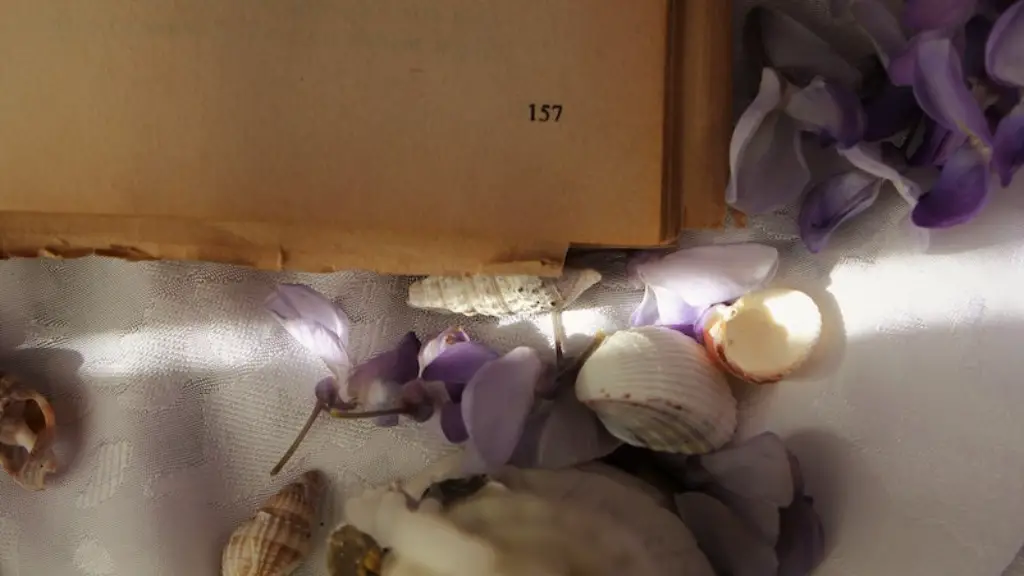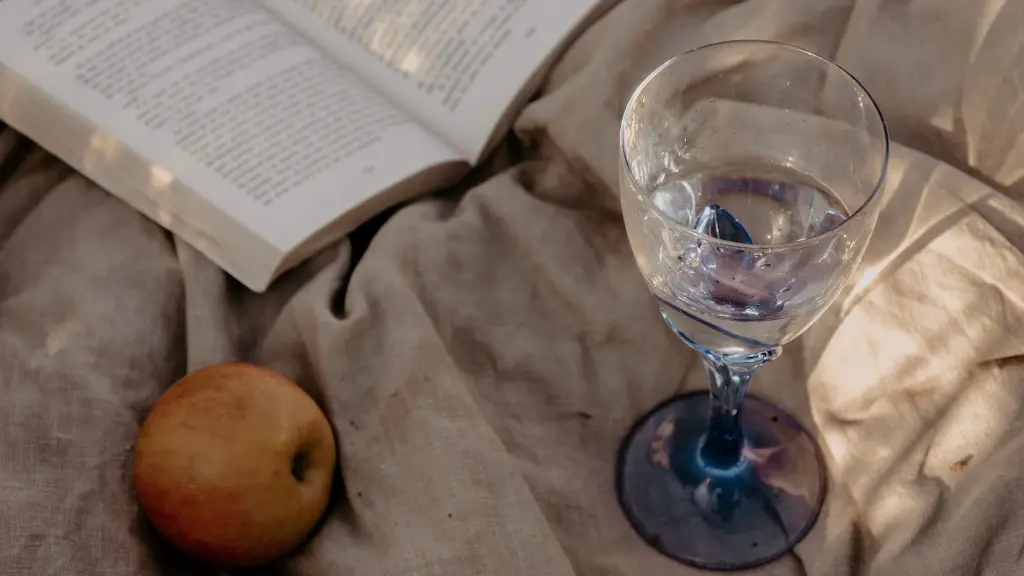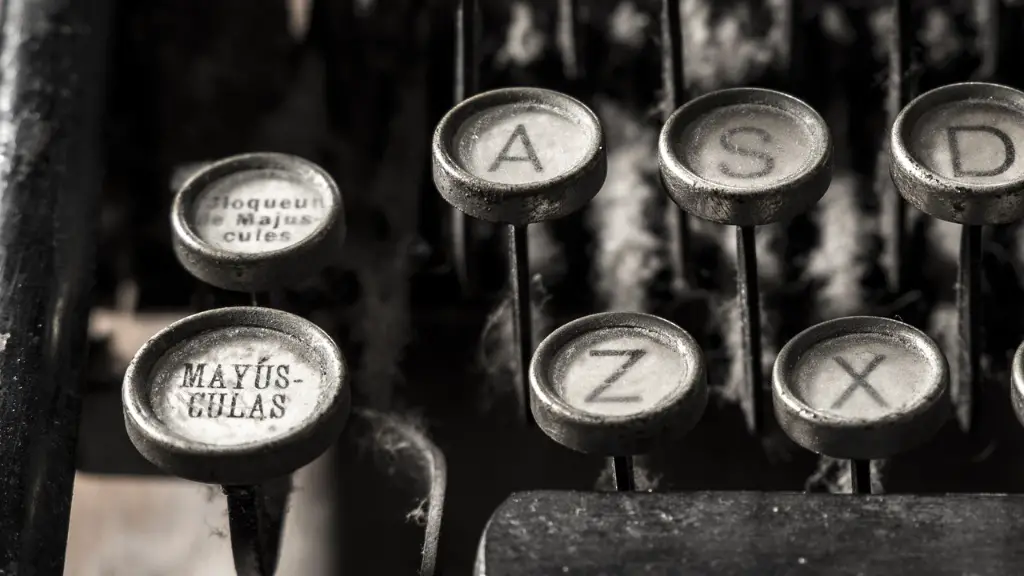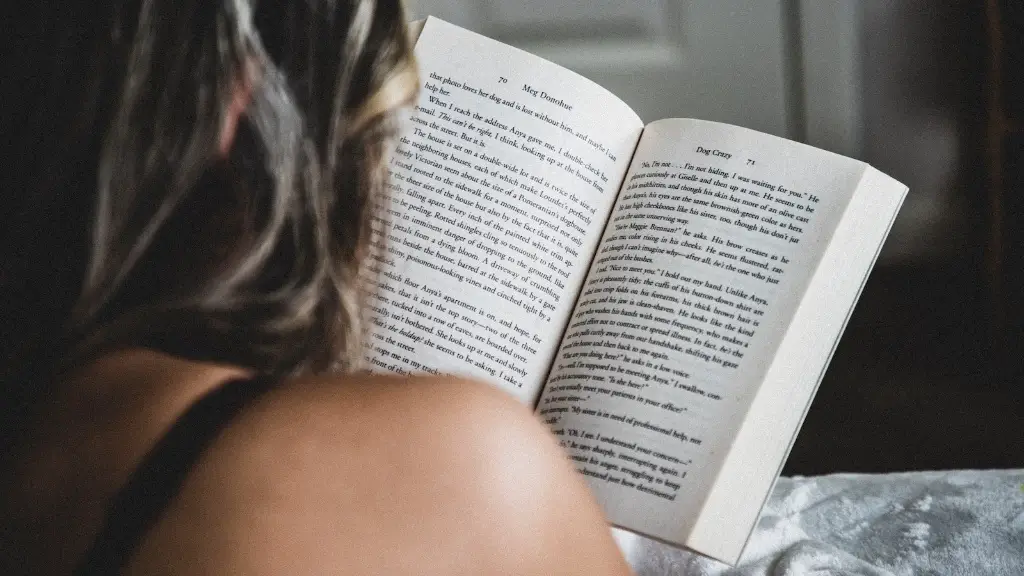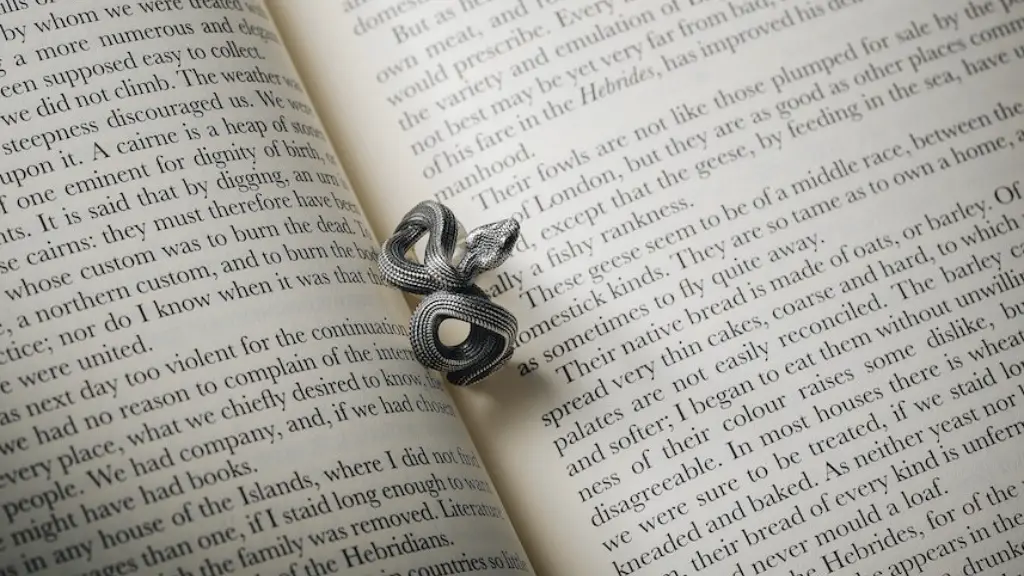Many people consider Emily Dickinson to be anti-social because she was a recluse who rarely left her home. However, some people argue that she was simply introverted and preferred to spend her time alone.
There is no easy answer to this question as Emily Dickinson was a complex individual with a number of different sides to her personality. However, some commentators have suggested that she was indeed antisocial, due to her reclusive lifestyle and her preference for communicating through her writing rather than in person. It is certainly true that Dickinson was not as outgoing or social as many other people, but it is important to remember that this does not necessarily mean that she was antisocial.
Emily Dickinson was “a member of New England’s political—and Whig—elite” in the nineteenth century (Erkkila 2); her grandfather was a founder of Amherst College and both her father and brother were leading citizens of the surrounding town, spearheading the “institutional ordering and administration of church, college, and town” (2). As such, Dickinson was “socially and economically privileged” (2). Her poetry, however, often subverts the very society that she came from. In her poem “I’m Nobody! Who are you?”, for example, Dickinson playfully overturns the hierarchical expectations of her day, instead celebrating the joys of anonymity and insignificance. In this way, Dickinson’s poetry can be seen as a form of social critique, even as it emerged from her position of privilege.
There is much speculation as to why Emily Dickinson, later in her life, lived reclusively at her family’s Homestead. As a young girl, she frequented social events, enjoyed school, and had many friends. As she grew older, she saw people less and less but remained open to visits from close friends and family. Some believe that Dickinson became increasingly introverted and reclusive because she was painfully shy. Others believe that she retreated from society because she was disappointed by the death of her father and the end of her brief romance with a married man. Whatever the reason, Dickinson continued to write poetry until her death in 1886.
What personality type was Emily Dickinson
Emily is an INFP personality type, which means she is reserved, idealistic, and adaptable. Emily generally enjoys being alone or with small groups of people and likely prefers to listen to and contemplate while in discussions.
There is no one definitive answer to this question. Some experts speculate that her reclusive behavior was prompted by social anxiety or other mental disorders; others attribute it to overprotective parents or the deaths of close friends. Whatever the cause, Dickinson was known for her solitude in life and her masterly poetry in death.
What is unusual about Emily Dickinson?
Dickinson’s style was truly unique and she disregarded many common literary rules. She experimented with capitalization and allowed sentences to run on. Her work was inspired by the rhythmic devices of religious psalms, but she commonly interspersed her own creative pauses within the stanzas.
Emily Dickinson was an American poet who lived in the 19th century. Here are 8 facts about her:
1. Her family had close ties to Amherst College.
2. She was a recluse.
3. She had a close relationship with her sister-in-law.
4. She wore a lot of white (but not all the time).
5. She dedicated poems to an unknown love interest.
6. She was an avid gardener.
7. She was known for her unconventional punctuation and capitalization in her poetry.
8. She is considered one of the most important American poets of the 19th century.
How would you describe Emily Dickinson?
Emily Dickinson is an iconic figure in American literature. Her work is celebrated for its visionary insights and for its ability to capture the complexities of human experience. Her poems are marked by their originality, by their unusual form and structure, and by their use of language that is both accessible and profound. Emily Dickinson is a essential part of the American literary canon, and her work continues to inspire and challenge readers today.
Emily Dickinson is widely considered to be one of the most important female poets of this literary era. As a Romantic figure, she was influenced by transcendentalism and dark romanticism. Her works focus on expressing the hidden consciousness of fragmented thoughts, which helped to bridge the gap between Romanticism and Realism.
What are two characteristics of Emily Dickinson’s style
Dickinson’s use of dashes and capitalization is unique and interesting. It’s not entirely clear why she chose to do this, but it definitely makes her poems stand out.
Dickinson was a 19th-century poet who rebelled against religious doctrine and the role of upper-class women. She chose to live a life of self-isolation so she could write her famous poems. Her unique perspective and style has made her one of the most popular and enduring poets of all time.
What was Emily Dickinson’s reputation?
After the unsavoury battle over Emily’s legacy, Dickinson’s poetry was finally free of the family ties Her literary reputation emerged unsullied, with Dickinson’s achievement put on a par with her fellow American, Walt Whitman. It is clear that Whitman and Dickinson are two of the most important American poets, and their works are respected and admired by many.
Scholarship has indicated that Emily Dickinson had a lifelong love affair with her childhood friend Susan Gilbert, who later became her sister-in-law after she married Emily’s brother Austin Dickinson. They lived next door to each other throughout their adult lives.
What were Emily Dickinson’s last words
Emily Dickinson was one of America’s most renowned poets. She died of Bright’s disease in 1886, but in her final days, she was only able to write brief notes to her niece. Dickinson’s final message contained the words, “I must go in, the fog is rising.”
I really liked how the moment of Emily’s revealing her love for Sue was written. It felt like it skirted some of the more typical coming-out moments. There wasn’t shock or shame – it was almost as though it was something that was kind of intrinsic.
What is Emily Dickinson most famous quote?
Never stop hoping. It is the thing with feathers that perches in the soul and sings the tunes without the words. And it never stops at all.
Dark Romanticism is a perfect genre for this poem because of its dark theme and spooky symbols. Graves representing homes and Death as a character are both pretty creepy symbols that Emily Dickinson used. And her theme talks about death, essentially saying that death isn’t bad and must be accepted.
Who did Sue sleep with in Dickinson
It’s not just that I slept with Sam, Emily. I also lied to you about it. I know how close you and your brother are, and I knew how much it would hurt you if you found out. I’m really sorry.
Emily Dickinson was brought up in a Calvinist household and attended religious services with her family at the village meetinghouse, Amherst’s First Congregational Church. Congregationalism was the predominant denomination of early New England.
Final Words
There is no simple answer to this question as Emily Dickinson was a complex individual with a complicated social life. From what we know, she was very reclusive and introverted, preferring to spend her time alone or with close family and friends. She was also known to be quite witty and sarcastic, so it is possible that she used her wit as a way to keep people at a distance. It is difficult to say definitively whether or not Emily Dickinson was antisocial, but it seems that she preferred to keep to herself more often than not.
There is no clear answer to this question. Emily Dickinson was a private person who rarely left her home, and she is known to have had only a few close friends. However, she was also a prolific writer and corresponded with many people throughout her life. It is possible that she was simply introverted and preferred to keep to herself, rather than being truly antisocial.
